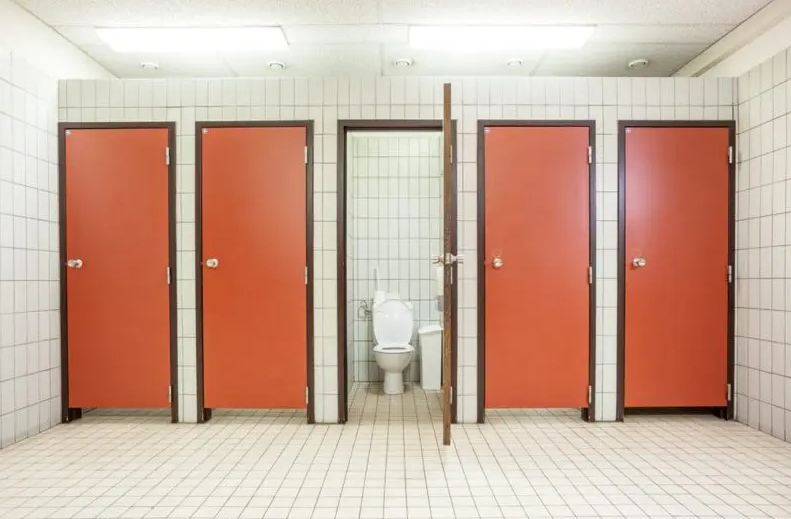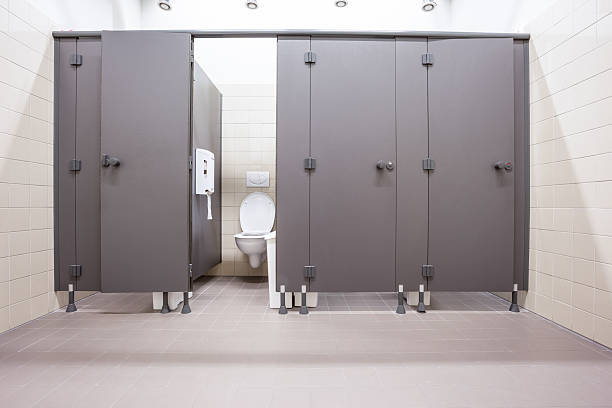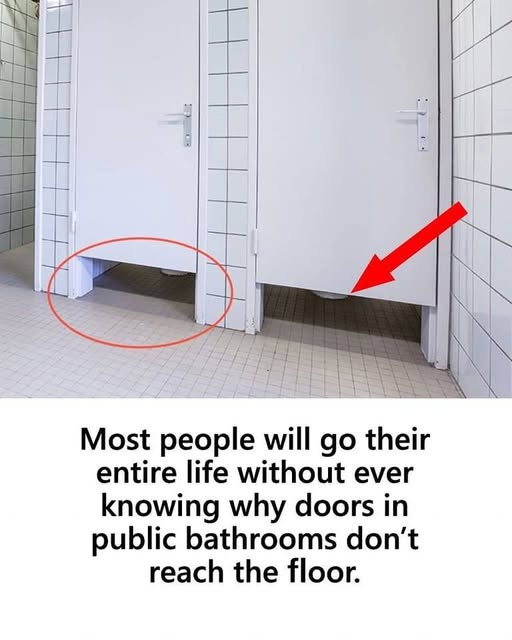That gap at the bottom of public restroom stall doors isn’t just a random design flaw—it’s there for several smart reasons.
First, safety. If someone inside were to pass out or need help, the gap allows others to see and react quickly. It also makes it easier for emergency personnel to assist without breaking down the door.

Maintenance is another big factor. Custodians can clean floors more efficiently when they don’t have to maneuver around full-length doors. The open space means faster, more thorough cleaning, which is crucial in high-traffic areas like airports and malls.
Cost plays a role too. Shorter doors require less material and are easier to replace if damaged. They also improve airflow, helping to minimize odors—a small but appreciated perk in shared bathrooms.

Lastly, the design discourages bad behavior. The partial privacy keeps people from lingering too long or engaging in vandalism, making restrooms more pleasant for everyone.
So next time you notice that gap, remember—it’s not just about saving money; it’s about safety, cleanliness, and efficiency.


